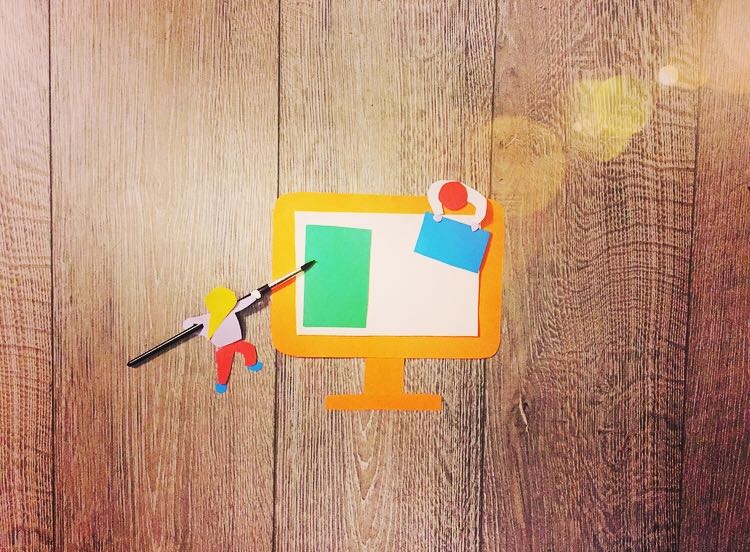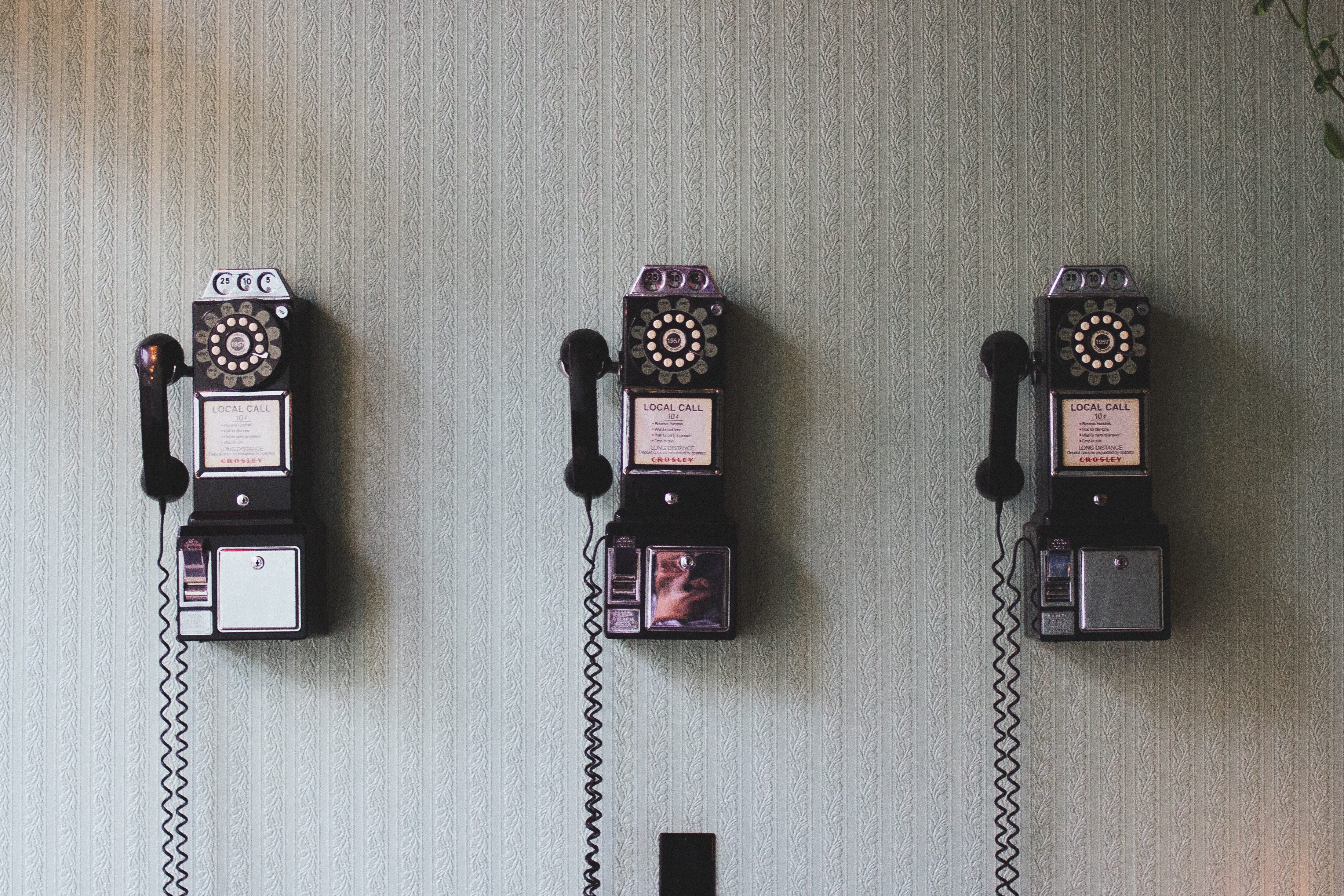
Get weekly
HubSpot updates
As a web designer with 20 years’ expertise, I’ve seen first-hand the problems that crop up when businesses outsource the design or redesign of their website to an agency or freelancer. I know that outsourcing website design can be daunting. A website can easily become a black hole for your budget if it isn’t project managed carefully from the outset.
In light of this, it’s important to ensure you choose an agency partner or a freelancer that you trust. It’s essential that you have confidence that they can deliver what you need within budget and on time. But this can be a tricky thing to ensure. Particularly for customers with limited marketing and web-design expertise, it can be difficult to know what you should be looking for in a redesign partner.
Here, I’ll run through the most common problems that crop up as a consequence of outsourcing website redesign, offering you some insider tips on how to avoid them.
Problem #1: You end up with a site that’s pretty…useless
It is easy to get seduced by pretty mock-ups, colour palates and imagery, and lose sight of the primary purpose of redesigning your site - to ensure it works harder for you. When you are paying for a website redesign, your number one priority (unless you are in a position where you don’t want your business to grow), should be to ensure everything you do is fully optimised, easy to navigate, and designed to increase your conversion rate.
Your website’s objectives should be front of mind for your designer, and every design decision should be informed by them. Like all good agencies, we’re all about the detail at ESM Inbound, but we also understand that beauty and usefulness should go hand in hand. When we sense a client is getting overly caught up in the visual details (Helvetica or Futura?), and losing sight of the bigger picture, we consider it our duty to remind you of your goals and redirect your focus to the choices that matter most.
Problem #2: Your designer doesn’t think like a builder
I’m a qualified graphic designer, but I do front-end development from time to time. This saves the project and the client a lot of time, because whenever I design the UX and UI of a site (the interactive elements of your site and the way users experience them), I do so fully aware of what the implications are for the development and build phase of the project.
Some designers do not have cross-over skills, so may unwittingly suggest design features that are impractical and costly, over-complicating the design unnecessarily. Any really good web designer worth their salt should have a sound grasp not only of UX and UI, but ideally of the practicalities of building, and marketing as well as graphic design. It’s easy to forget this, because the work in progress you see from a designer who has a graphic design background is likely to look beautiful, slick and professional. It’s what we are best at, after all!
As a client, the best way to check that the marketing and building have been properly considered, is to ask lots of questions. Whether you’re picking an agency partner, or trying to find the perfect freelancer, you should weigh up the decision carefully. This applies whether you are looking for a standalone design and build project or an ongoing HubSpot partner. Check out the list of handy questions written by our fellow HubSpot Partners over at Digital 22 for some ideas. When it comes to questions for your designer, here are a few suggestions from me:
-
Can I see your previous work? What results did clients report following website redesigns you did for them?
-
What is your design & build process?
-
Do you have some testimonials from past clients?
-
What can I expect for the money I pay?
-
How many revisions or edits are included in the price you quoted me?
-
How will the website you design help me reach my business goals?
Problem #3: The finished result looks like another website
You may be tempted to go with a pre-designed theme for your site, but I would advise against this. It can seem like a no brainer – after all, your clients aren’t likely to care whether your site is ‘bespoke’ or off the peg…. Or are they? Well, yes and no.
If your sector is competitive and there are lots of other companies out there offering something similar to you, you really do need your website to stand out. If it looks like any other company’s site, if there is nothing to grab a browsing customer’s attention, you are likely to lose them. You have to grab their attention in the first couple of seconds – it is your shop front.
Ask yourself: is your website your best sales person? Because it should be! To live up to this, a design should give a clear sense of the identity of your business. Your products or services should be obvious to anyone visiting your site within the first few seconds of landing on your homepage.
When competition is fierce, you can’t afford to be mysterious, and you can’t expect customers to root around your site trying to find answers. Think about your site in the wider context of your ongoing marketing strategy. You may want to weigh up the benefits of opting for a redesign based on Growth Driven Design principles, or consider the benefits of Inbound Content Marketing as an ongoing marketing investment, too.
Problem #4: It costs way more than you bargained for
This is a problem I have often heard about second hand, both as a freelancer and in agencies when I have been called in after a website redesign had gone badly wrong. By ‘wrong’ I mean not functioning properly, or half-finished.
It usually starts with a client saying something like: “This is the mess that we came up with. Can you please fix it?" This is a common predicament for clients who have been sold the idea of a template with customisations. These customisations often cause problems, because when you’re trying to fit a business’ needs to a set template, from a design point of view, you’re approaching the solution back to front. You start out with a final design, defined by the theme, then work backwards to tweak bits and pieces to suit the brief.
In my experience, around 70% of these projects end up taking longer and costing more than a custom build. And, precisely because the cost of the time involved in modifications to the template is so hard to predict, so is the budget. In other words, starting with a template is often a false economy.
This is why at ESM Inbound, we start with far more of a blank slate in Figma. If your website designer suggests a template as your starting point, be sure to ask lots of questions about how much you will be charged for customisations and whether the agency you are working with is sure that any modifications you require will be fairly easy to implement.
Problem #5: The finished design is hard work for customers
My job as a web designer is to ensure the user doesn’t have to think. To reduce the cognitive overload that might otherwise interfere in a user being able to get what they want from your site. Good design rationale uses every visual cue to communicate, ensuring the customer interaction with your site is as frictionless and intuitive as possible, and as easy as possible to transact with the business. Make sure you start out with a clear idea of what you want to achieve.
As our friends at B2B Marketing Lab advise in their post on managing a website project, outline your objectives before you do anything (for example: 30% more website traffic and double the number of qualified leads). These specifics will enable you to measure the success of your new site, and remind you what the priorities are.
There are so many small details that combine to make your site effective. A properly thought-through design rationale will ensure that cues for links, (colours, the size of the font, and so on), all combine to communicate with the user, nudging behaviour towards your desired actions. All of these tiny cues have an impact, and when a customer’s eye skims over something because it doesn’t look like a button, or a link, you may lose a sale.
A website isn’t a magic bullet for your business BUT a well-designed website or landing page that has carefully considered architecture and a design informed by the objectives you set with your web design partner could make a massive difference to your bottom line.

